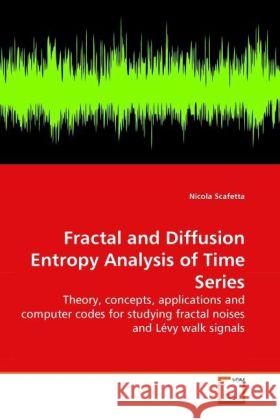topmenu
Wyniki wyszukiwania:
wyszukanych pozycji: 2
 |
Naples: the City of the Sun and Parthenope
ISBN: 9791222757278 / Angielski / Miękka / 2024 / 210 str. Termin realizacji zamówienia: ok. 16-18 dni roboczych (Dostawa w 2026 r.) |
cena:
125,03 |
 |
Fractal and Diffusion Entropy Analysis of Time Series
ISBN: 9783639257953 / Angielski / Miękka / 2010 / 300 str. Termin realizacji zamówienia: ok. 10-14 dni roboczych (Dostawa w 2026 r.) Scale invariance has been found to empirically hold for a number of complex systems. The correct evaluation of the scaling exponents of a time series is fundamental to assess the real physical nature of a phenomenon. The traditional methods used to determine these scaling exponents are equivalent because they all rely on the numerical evaluation of the variance. However, two statistical classes of phenomena exist: fractal Brownian motions and Levy flights and walks. In this book I present the theory and concepts of alternative fractal methods of time series analysis. I introduce a...
Scale invariance has been found to empirically hold for a number of complex systems. The correct evaluation of the scaling exponents of a time series ...
|
cena:
352,54 |










